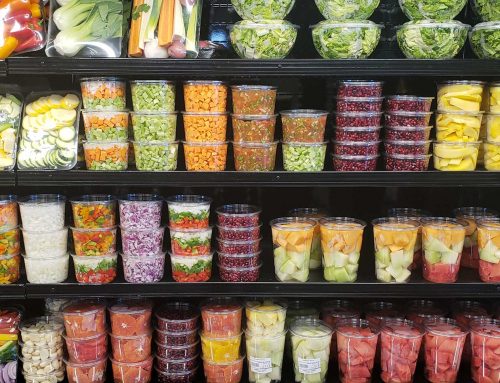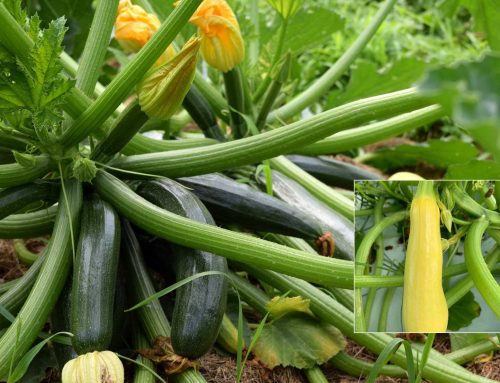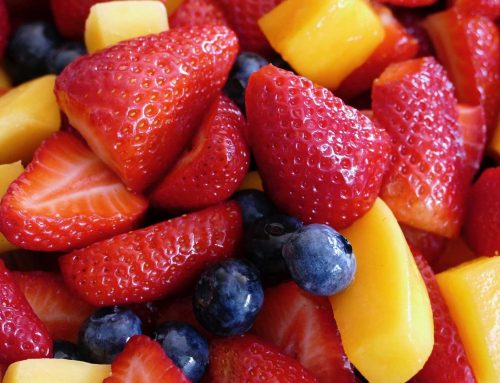 Forelle Pears
Forelle Pears
Characteristics: This pear is easy to identify due to its small size, ovalish shape, smooth skin, and striking yellowish-green freckled skin, which turns a beautiful red as it ripens. Sweet and delicate, Forelles are an old European variety. Because of their sweetness and size, Forelles are a good fruit choice for young children’s snacks.
Bosc Pears
Characteristics: The Bosc pear stands a head taller than other pears with its elongated slender neck. The brown pear has a relatively rough texture and can have hints of yellow or green. The pear’s white flesh is sweet, crisp, and firm to the touch. If a recipe calls for poaching, Bosc pears are a good choice since they will keep their shape and not turn to mush. They’re also good for eating raw and baking.
Bartlett Pears
Characteristics: Bartlett pears come in both yellow and red; red Bartletts are common throughout the U.S. Other than a difference in color, the two varieties share many qualities: a delicate thin skin, a sweet taste, and a bite that’s juicy and soft. The Bartlett is one of the older pear varieties, first developed in the late 1700s in the United States. Bartletts used to make up most of America’s pear production (they have since given way to Anjou and Boscs), and they are still the most popular variety in the country. Most canned and processed pears (purées, juices) are made from Bartletts. Use the Bartlett when baking.





